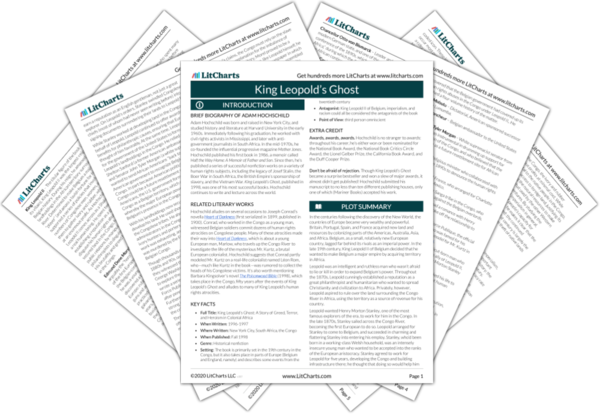The first part of the book ends with a description of Edmund Dene Morel, arguably the most important figure in the Congo reform movement of the 1890s and 1900s. Morel was only a young man working for a shipping company when he realized that King Leopold was a corrupt man who used slave labor to further his own interests. Morel’s single-minded commitment to justice and human rights, combined with his refusal to take bribes or respond to threats, led him to found an international movement to stop Belgian tyranny in the Congo.
